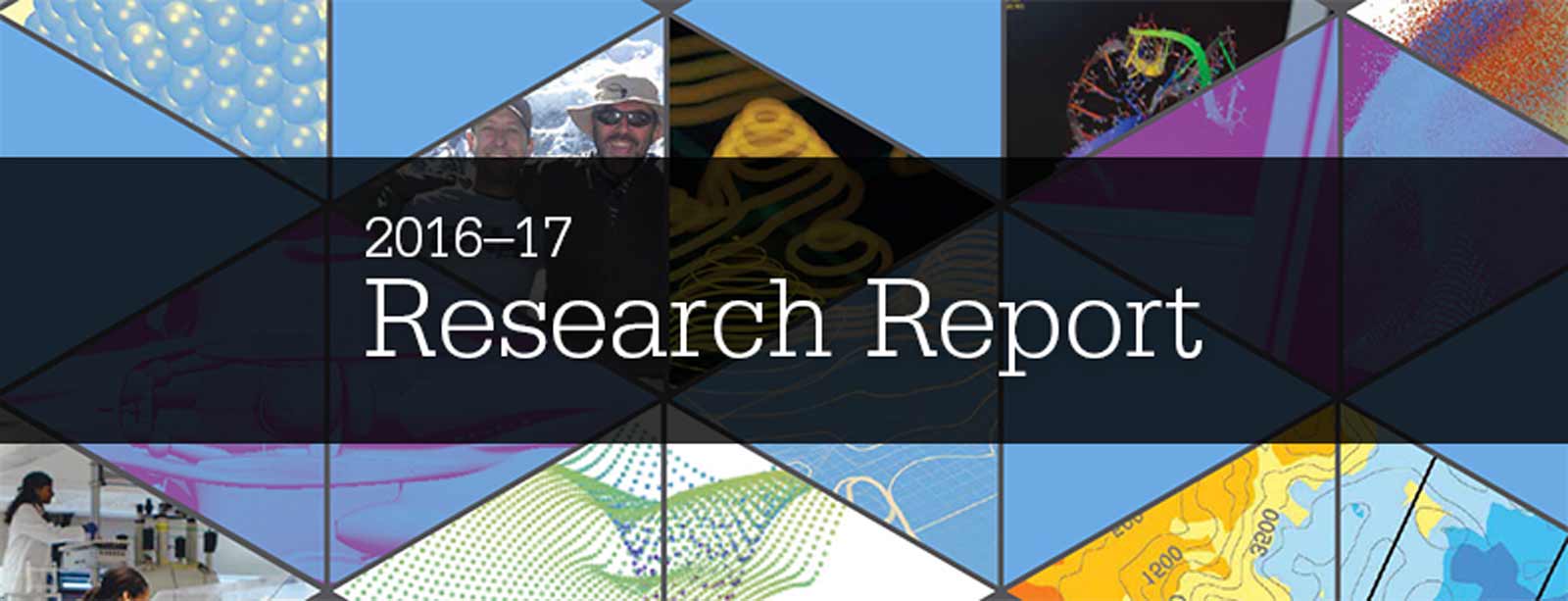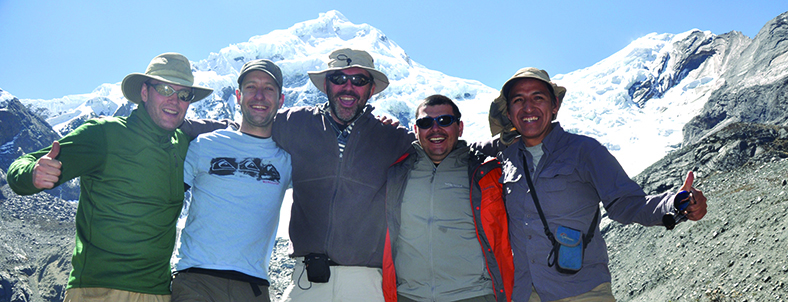Going back to the 1990s, a significant amount of research has been dedicated to the rates of deforestation in the Amazon and what this could mean for climate change throughout the world. Additional studies have focused on climate change impacts to Andean mountain glaciers that lie downwind of the Amazon.
This research has quantified both the land-cover change by deforestation in the Amazon basin, and the extent of Andean glacier retreat and drought in this region of the world. But while these studies illustrate diverse outcomes tied to the global climate, there has been less focus on how they interconnect locally.
For instance: Is there a link between deforestation, globally rising temperatures and melting glaciers in the Andes Mountains? How might these large-scale dynamics impact the local populations?
Bryan Mark, Ph.D., professor in the Department of Geography and Byrd Polar and Climate Research Center at The Ohio State University, and his team are part of a program called AMAZONIAN-LINCAGES (Amazonian Land-cover-INduced Climate And Glacier Enhanced System). This program is mechanistically trying to understand the influence of observed and simulated Amazonian land-use and land-cover change on glacier mass balance across the tropical Andes.
“The regional climate of the area is characterized, for the most part, by land-ocean interactions, the atmospheric convection in the Amazon and the effect of the Andes on circulation patterns,” Mark said. “So, it follows that changes occurring on one of those regions may affect the other. Research that looks into the climatic interaction between the Amazon Basin and the Andes is uncommon, being parceled through specific, and often unconnected, disciplinary pathways.”
One of the areas his team has turned to the high performance computing capabilities of the Ohio Supercomputer Center is to investigate what these climate changes mean for Peru, Bolivia and Columbia.
“The changes in the Amazon on glaciers is extremely important because it’s a key source of water for people in this region,” said Alfonso Fernandez, Ph.D., who leads the computational modeling efforts for Mark’s group.
During the May-to-September dry season, people in the region rely on glacier meltwater and groundwater resources. Glaciers provide important reservoirs of water storage that buffer stream flow, and recharge groundwater.
“We want to know if there’s a signal from the Amazon deforestation that might increase the effect of the global climate change or might otherwise decrease the effect of global climate change,” Fernandez said.
Using a Weather Research and Forecasting (WRF) model on OSC’s Oakley Cluster, Fernandez performs high resolution simulations to determine possible outcomes of climate change on the Andes Mountains.
Typically, WRF is used to research large areas of about hundreds of kilometers, in which local features, such as glacier-covered valleys (typically 1 to 5 kilometer width), are poorly represented. The high-resolution simulations performed at OSC, however, allow Fernandez to study down to a smaller area for a more focused picture, in some cases an area of 2-by-2 kilometers.
“We want a bigger picture of the tropical Andes compared to the Amazon,” Fernandez said. “The first goal is to get an idea of the mechanisms driving these changes and if there’s a signal on a smaller scale. Then we can do field work to see if the signal is better or worse for the impact on the global climate change of these glaciers in the tropical Andes.”
###
Written by Ross Bishoff
Project Lead: Bryan Mark, Ph.D., Professor, The Ohio State University
Research Title: Amazonian Land-cover-induced climate and glacier enhanced system
Funding Source: The Ohio State University
Website: http://research.bpcrc.osu.edu/glacierchange/people/

